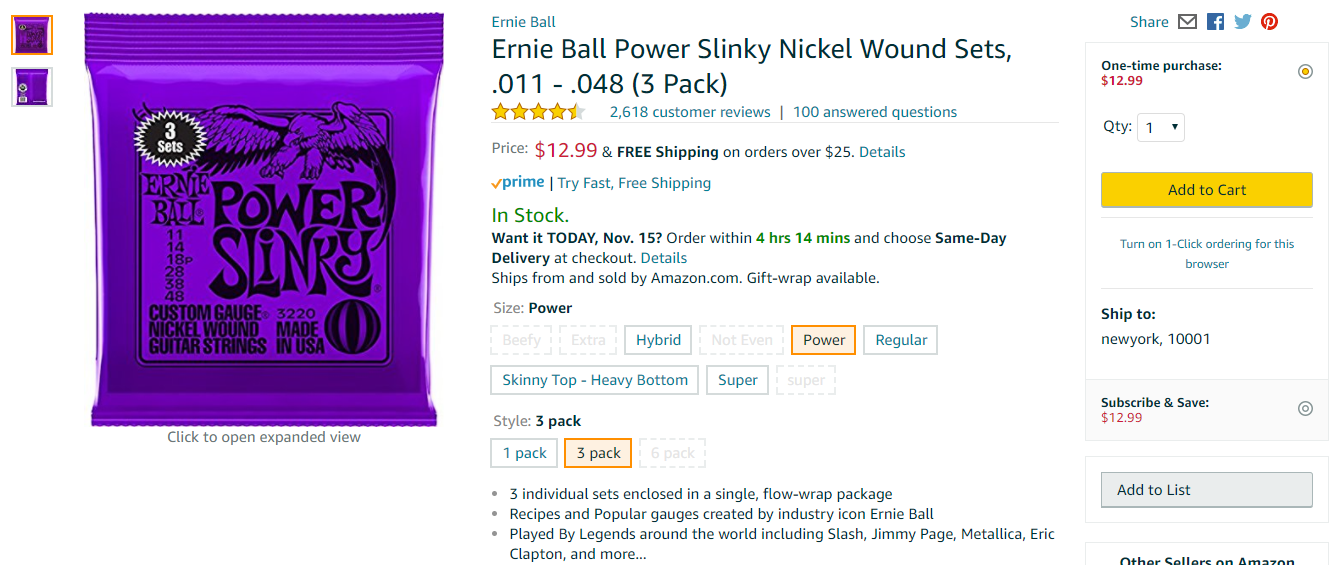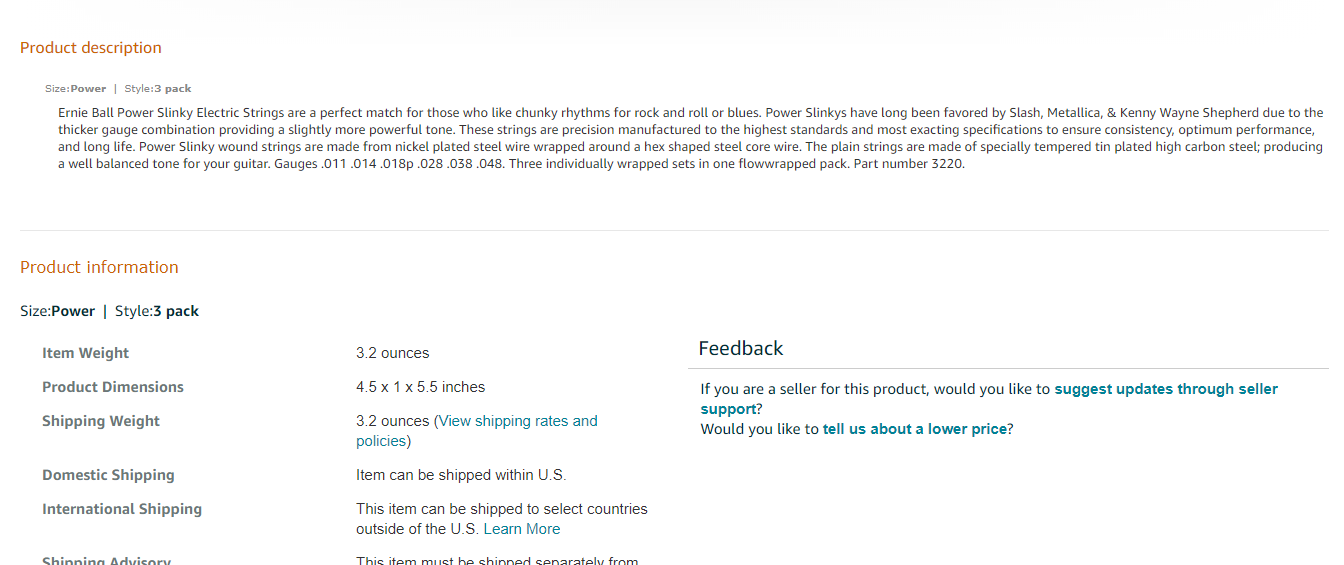
An overwhelmed support team will sink any ecommerce company. Lagging responses and rushed, low-quality answers lead to more negative reviews, lost sales, and other disasters. But how do you keep scaling customer service when you can’t afford to make new hires?
1. Improve Agent Training

Your response and resolution times directly reflect your team’s training and experience. An agent who encounters a problem they don’t know how to solve will spend ages finding a solution, or worse, provide the wrong answer. They can easily do more harm than good.
If that doesn’t motivate you to invest more in training, consider this: two-thirds of customer churn could be prevented if support solved the problem with their first reply. And getting it right the first time requires razor-sharp agents.
Everyone who speaks to customers should know how to handle any imaginable request. They should know which courier has the package and how the customer can contact them, how to fix common problems with the products you sell, and whether you can manage overnight shipping to Sitka, Alaska.
Every minute you spend training your agents now is five minutes they don’t have to spend asking around or fixing their own mistakes later. Few things help more with scaling customer service, especially when adding new products to your inventory.
2. Improve Info

We’re all careful to include essential details about our products on our listings. But somehow, the customers always come up with questions we haven’t thought of.
We reflexively answer these questions as quickly as possible. That’s great for that customer, but then a few days later, another asks the same question. Then another.
Don’t just answer that one customer. Update your content so anyone can find those details without contacting you. By no means clutter up the bullet points on your sales page, but make the info available somewhere below the fold, like Amazon does, or elsewhere on your site.
Above: Above the fold on an Amazon product page. Below: Additional info well below the fold.
It’s better to spend 20 minutes updating a listing or FAQ today than two hours answering the same question over the course of the month.
This sounds like common sense, but even when you know it’s the right thing to do, it’s easy to get lazy. Put a reminder up above your computer, or drill it into your agents with extra training.
3. Get Better Tools

If you’re using something like Gmail to manage your ecommerce customer support, you’re using a hatchet where you could use a chainsaw. Upgrading to a real helpdesk like Zendesk, Freshdesk or Gorgias will allow you to reply significantly faster.
Why? Because of the abundance of busywork they can automate. Here are a few things you can do with just about any decent helpdesk, including the three above:
- Create canned responses that automatically enter details like the customer’s name.
- Categorize and view tickets according to conditions you set.
- Auto-assign tickets to specific agents.
- Send automatic responses to common questions.
Other features, of course, depend on which helpdesk you choose.
There can be a bit of a learning curve, and you must be prepared to invest time and money. But it’s the same principle as updating your content now to reduce questions later. Once you’ve learned how to use a helpdesk and customized it to your needs, you’ll be able to answer messages that once took minutes in just seconds—or even automatically.
4. Remember the Customer
A word of caution about customer service software. It’s critical for your support team to have good tools, but remember that your goal isn’t only to speed up replies and reduce ticket volumes. It’s also to ensure your customers have the best experience possible. And for them, human service matters most.
Don’t overuse automations and self-service tools to the point that they become a wall between you and the customer. Keep human support open, with a minimum of hurdles. And never forget to be friendly and show empathy.
5. Unite Channels

More than 2 out of 5 agents are unable to provide efficient support thanks to problems like dealing with multiple applications. When you have one group of emails coming through from your online store, separate sets of messages on marketplaces like eBay, and still more on social media, customer service gets chaotic fast.
Will you answer all your emails first and then move on to eBay? Or will you always try to answer the oldest message first, constantly flipping from screen to screen? Either way, some customers will end up waiting longer because your messages are scattered.
This is another reason to upgrade to a helpdesk. Most helpdesks can integrate not just with email, but with social media channels as well. A few, such as Help Scout, Re:amaze, Zendesk, Gorgias and Freshdesk, can even connect with Amazon, eBay and Walmart messaging using ChannelReply.
In other words, don’t throw 10 bowling balls at one pin each. Put all your pins in a single lane and bowl a strike.
6. Improve Your Operation

Even the best-trained and best-equipped team can only do so much. Sometimes, the problem doesn’t lie with your service, but some other part of your business.
If you find your team absolutely overwhelmed by support requests, look for the following:
- Products that cause problems disproportionate to the profits they bring in.
- Poor packing.
- Inefficient shipping.
- Inaccurate or outdated info on your website.
- Bad translations.
- Anything else that regularly causes problems for your customers.
The best way to help customer service is to stop sending so much work their way. Cut down on the problems the rest of the company causes, and you can rest assured support will perform better.
Scaling Customer Service Doesn’t Have to Mean Growing Your Team
Ecommerce customer service is no different from any other field—it’s always better to work smarter rather than harder. Following the tips above will multiply the number of customers your team can help per hour. And best of all, you won’t have to hire anyone new.
This article was originally published as a guest post on LemonStand.






